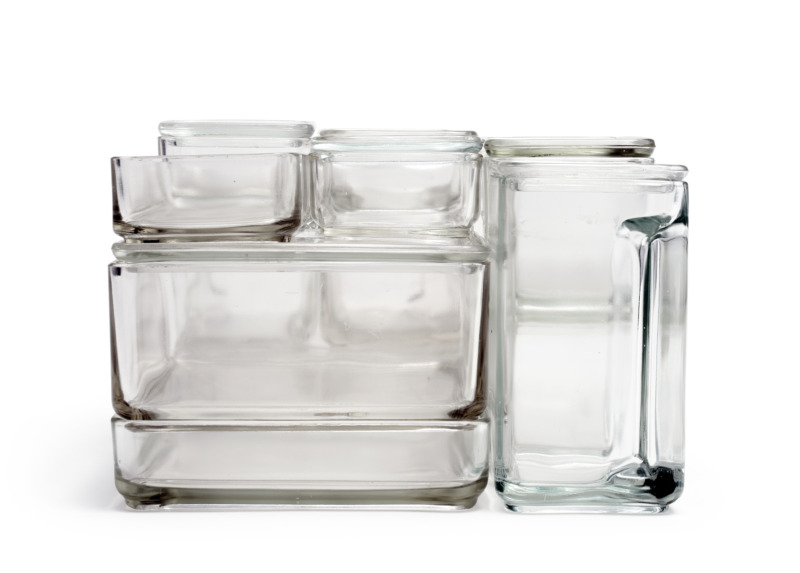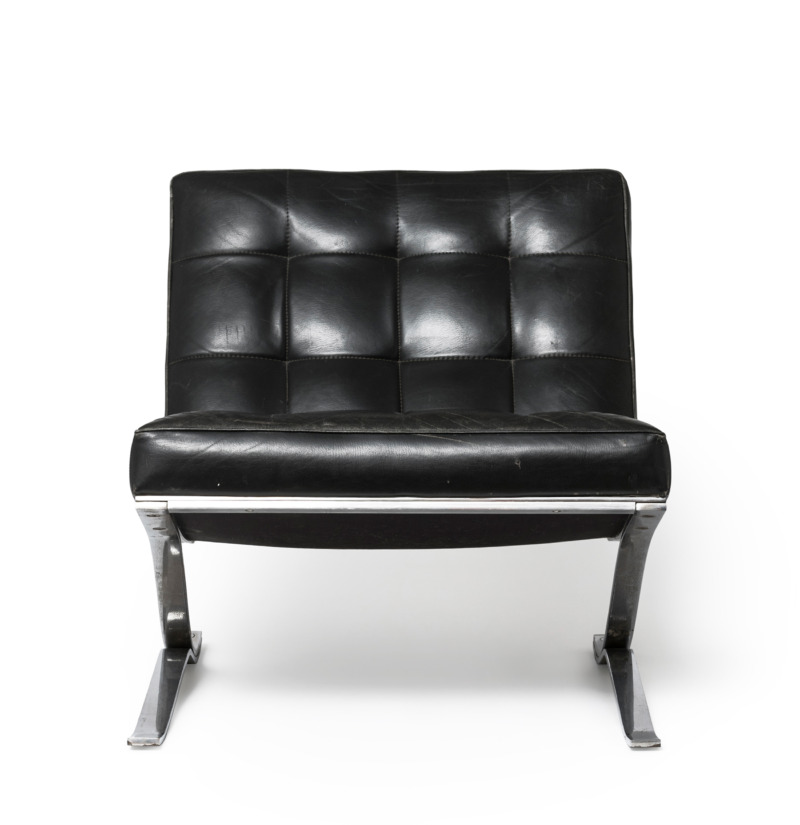In bright colors, this coaster promotes the idea of housing cooperatives.
However, the idea of organizing housing cooperatively is by no means new. In view of the housing shortage of many workers in the large industrial cities, the idea of freeing people from their dependency on their landlords emerged as early as the end of the 19th century. Thus, people pooled their resources and purchased accommodation together. Strictly speaking, the tenants of a cooperative are not tenants at all, but own shares in the cooperative and therefore hold a stake in their home. Even though the housing situation of many Berliners has improved compared to back then, Berlin once again suffers from a housing shortage. In particular, there is a lack of affordable housing for low-income households; Berlin needs 130,000 additional social housing units, for example.
In 2018, the Wohnungsbaugenossenschaften Deutschland association launched a major image campaign in Berlin to draw attention to their role in this situation. The group of 29 companies advertises on posters, buses, advertising pillars and of course on coasters with slogans such as “Dauernutzungsvertrag’ (permanent use contract) just doesn’t sound as sexy as it is.” and “Become a property owner. Owner!”. The slogan “Genossenschaft kommt von Genießen” (“The word cooperative comes from enjoyment”) is, in fact, not just a pun. The german word for cooperative “Genossenschaft” stems from the same root word as benefit, advantage, possession, wealth and also enjoyment.
Meanwhile, cooperatives cannot complain about a lack of demand. The average rent of €5.61 per square meter (as of 2020) is likely to contribute to the fact that many people wait a long time to become a member of a cooperative. In 2016, the “idea and practice of organizing common interests in cooperatives” was added to UNESCO’s list of Intangible Cultural Heritage of Humanity, the first German entry ever. With this, civic engagement beyond private and state business models was explicitly recognised.
In our current special exhibition “Profitopolis”, we are showcasing this advertisement for the idea of cooperatives in order to highlight different forms of ownership and tenancy in the museum’s surroundings. The Heinrich-Heine-Viertel, for example, has been co-operatively owned since its creation in the early GDR and remains so to this day, while the originally entirely city-owned Otto-Suhr Siedlung was sold in part to private real estate companies. The consequences of this sale and what this has to do with one of the most successful tenant initiatives of recent years can be discovered at the museum.

